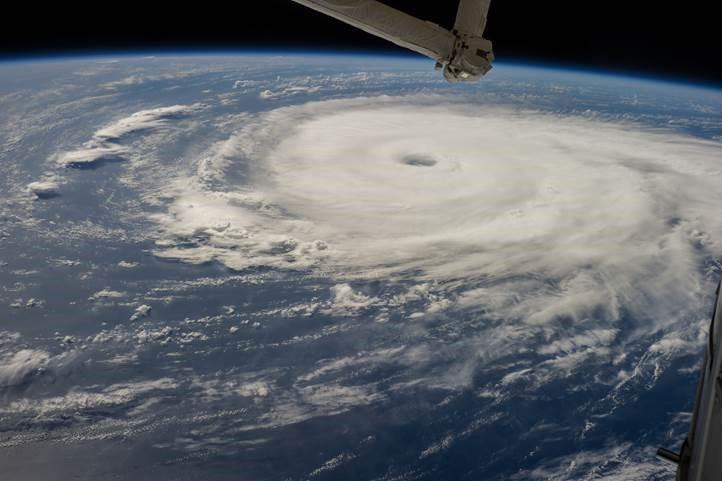Scientists hope that a new project involving photographing tropical cyclones from the International Space Station (ISS) will help them better predict their severity.
Predicting tropical cyclones’ severity in advance can be crucial for the preservation of life and property. Until now this has been done through flying aircraft close to the hurricanes, but these flights are both dangerous and expensive. Scientists are hoping that data from the NASA-led ISS project will help make such flights obsolete.
Known as the Tropical Cyclone Intensity Measurements from the ISS (CyMISS) project (or, more simply, the Tropical Cyclone project) researchers are leveraging a camera on the ISS to measure cloud tops in the eyewall of a tropical cyclone.
The camera is mounted in the Cupola, a dome-shaped observation module with seven windows, where it takes pictures during ISS overpasses of these storms.
According to NASA, the physics of tropical cyclones is well understood and by applying these physics to data taken by Earth-orbiting meteorology satellites, the severity of cyclones can be predicted to a high accuracy.
Until now, however, the only missing dataset in the forecasting models is the height measurements of cloud tops within the eyewall. The CyMISS project determines the cloud-top altitudes by applying pseudo-stereoscopy to sequences of photographic images.
According to NASA, “The purpose of the project is to confirm the underlying physics of tropical cyclones, and to validate this new technique for measuring the intensities of tropical cyclones.”



